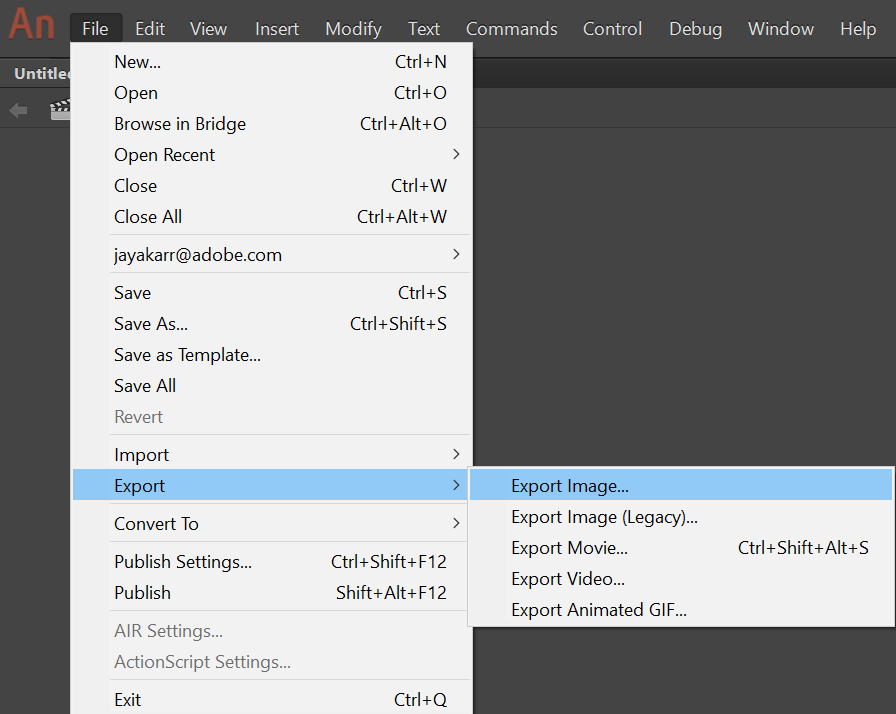

Anyways, you probably won't pick this one, but I'm going to link it just in case. I don't know know if the expensive version would offer more, but at $300 it darn well better, lol. Looks like the cheaper version is trying to compete with Spriter, it is selling for 69$. Looks like they offer a cheap version and an expensive version. HEVC video format with or without transparency. It isn't free, but they do offer a demo that will let you try it but not actually save anything with it. Estimate the number of sheets PEG is the Callipeg file format. The full, paid version is available on Steam too, for 67$ CAD. It isn't open source, but they do offer a free version, with more limited features than the paid version, apparently. The 2nd one to look at is called Spriter. I haven't actually fired up the program to try it myself, and don't plan on it, for now anyway. They did ask for my email address, and they sent the download link there. The first software I'll link is called Synfig Studio. Or maybe even something you might combine with Blender. The program does create a mp4 file, but the file is a blank file it does not contain the animation I wanted. But these are dedicated to animating 2d so it might be of more use to you, and possibly easier to learn than Blender as well. I want to save the output animation of the following program in mp4. The Media Encoder will start up and shows you a queue. I cannot speak to how well any of it works, or whether it will be able to do all that you are after. This will render the video as a high quality file, and so a large file size. Multimedia is saved in different file formats. I've never used any of this stuff, just looked at it out of interest. Screenshot Captor, Adobe Acrobat and Lightshot Animation: Cinema 4D, MakeHuman, Pencil 2D and Keyshot. The performance of navigation and fluidity of drawing will also depend on your iPad processor and RAM.And I have some alternative software to Blender that you might want to check out too. So, for example, if you have 50Gb left on your iPad storage and a 1920×1080 pixels shot, you can add (50 000 000 000 / (1920x1080x4))/3= 2009 more sheets in the app.

So consider this as a very rough estimation to have an idea of how many sheets you can add. Here is how to estimate your possible number of sheets depending on your remaining available storage : (remaining available storage in bytes / (height of your shot in pixels x length of your shot in pixels x 4)) / 3 = number of sheets you can add in Callipeg This calculation includes a rough estimation of the size of undos and backups, but this will depend on how many actions you do, the number of backups you have set and other conditions. The size of one sheet equals the length of the shot in pixels multiplied by the height of the shot in pixels multiplied by 4 bytes. This limit depends on the storage of your device.

You can have as many layers as you want, until you reach the sheets limit.


 0 kommentar(er)
0 kommentar(er)
